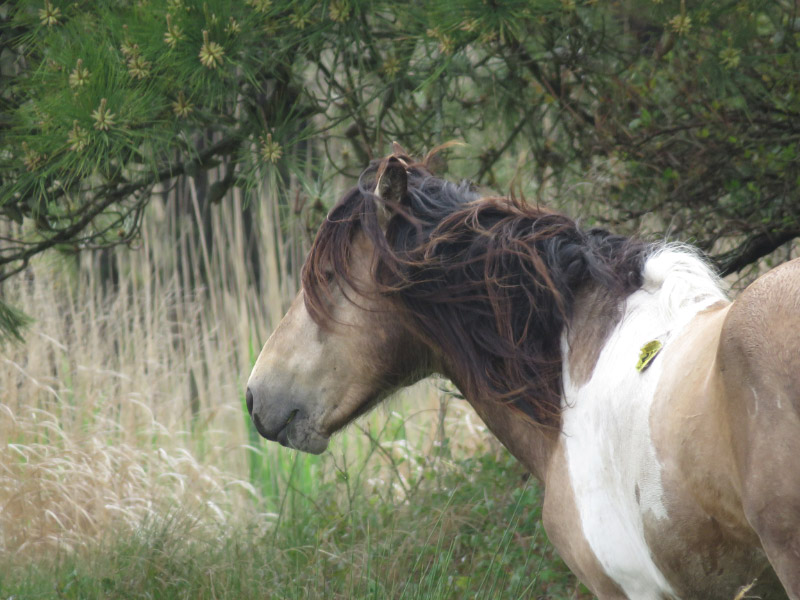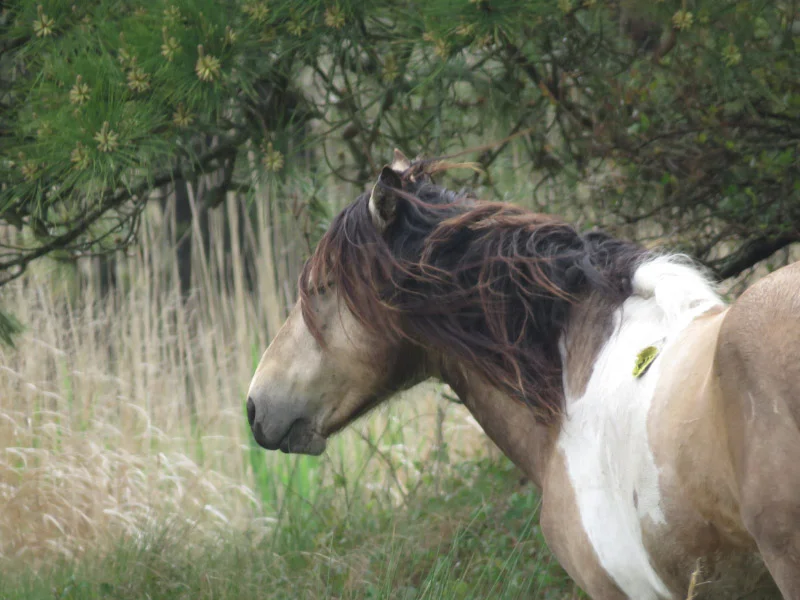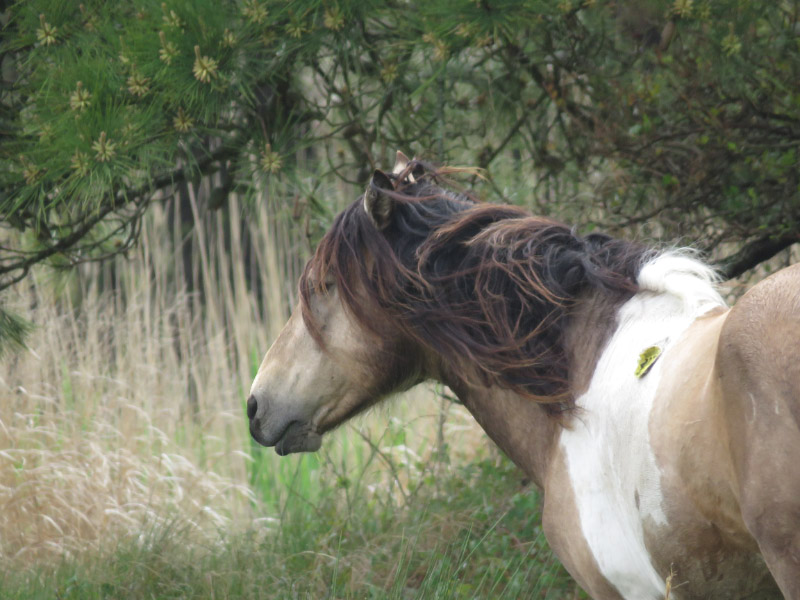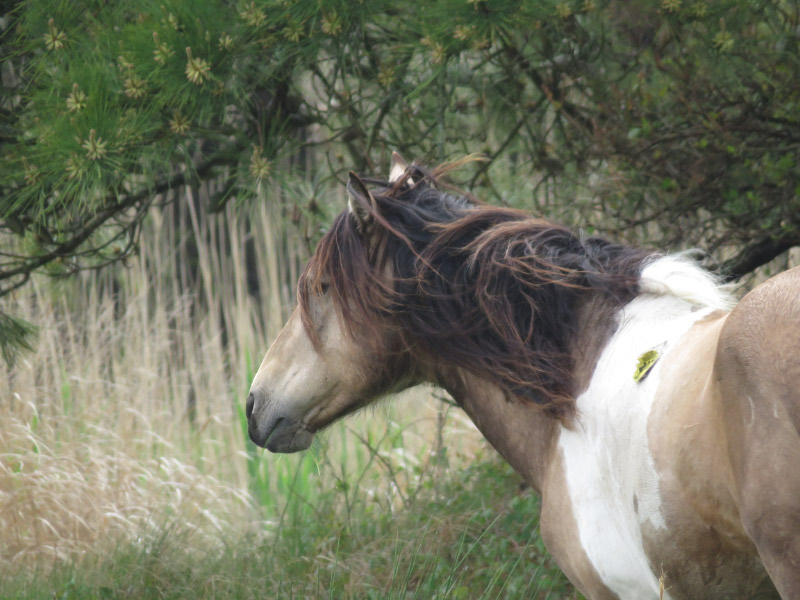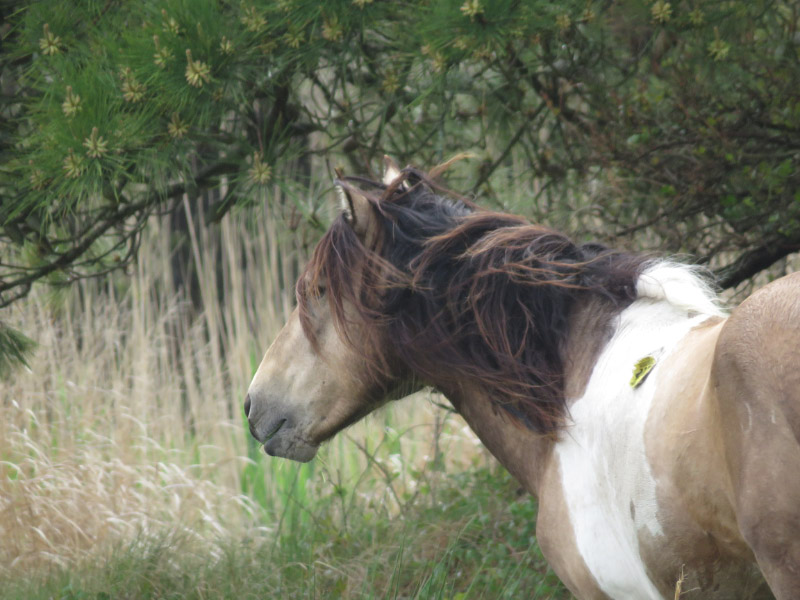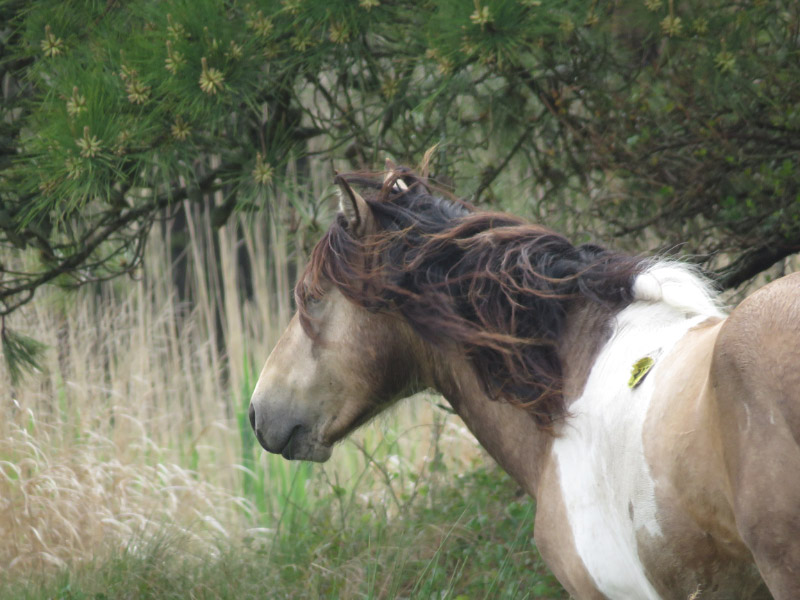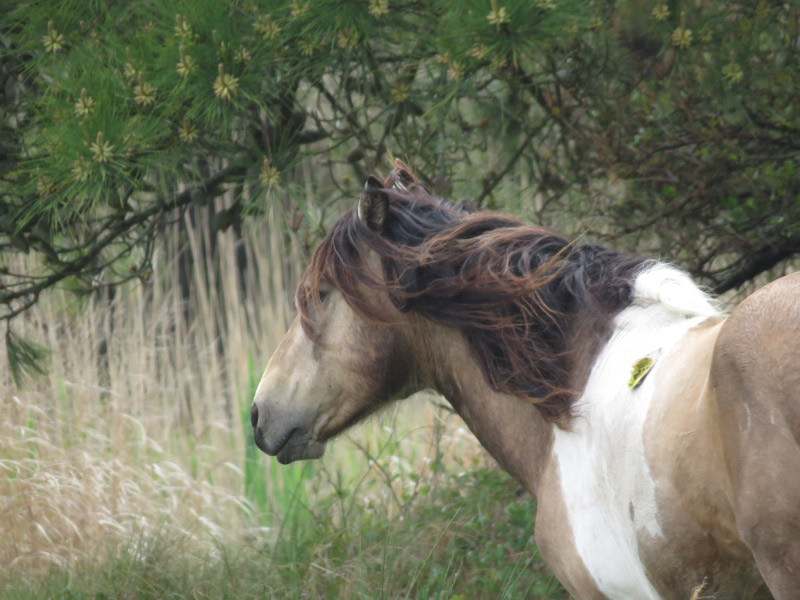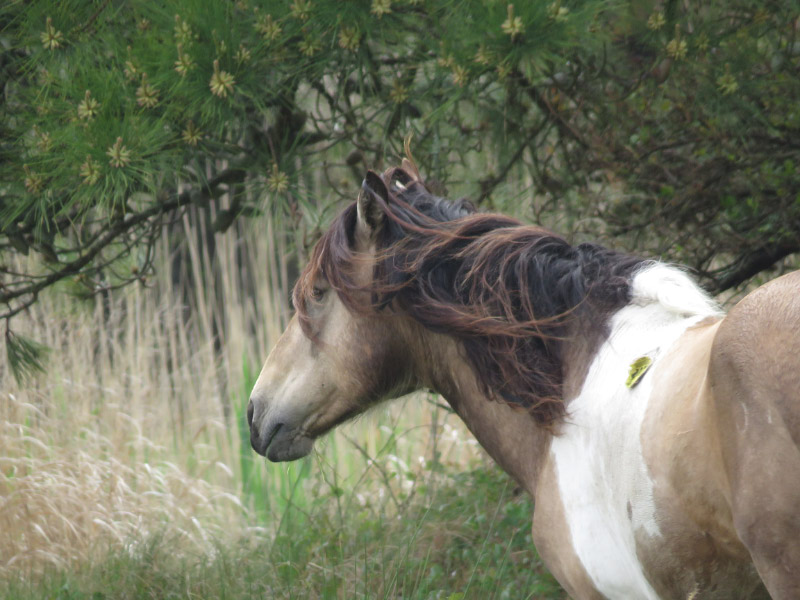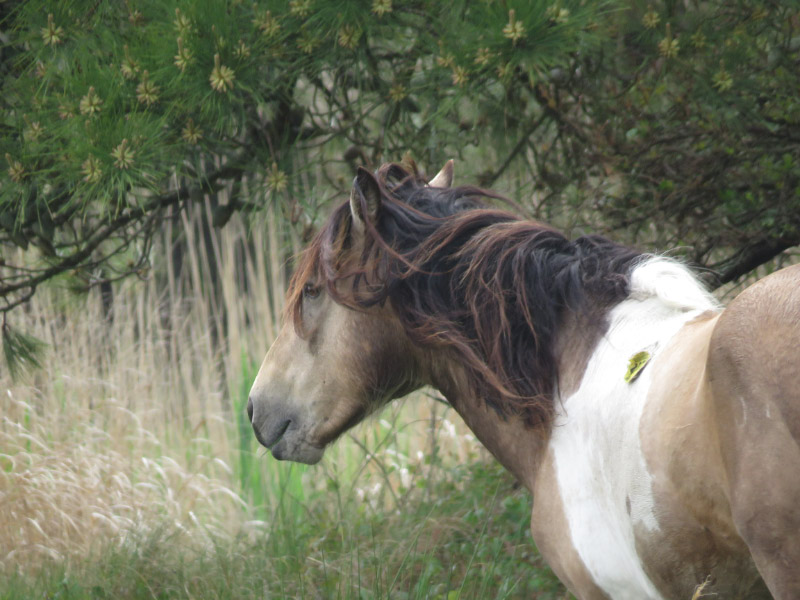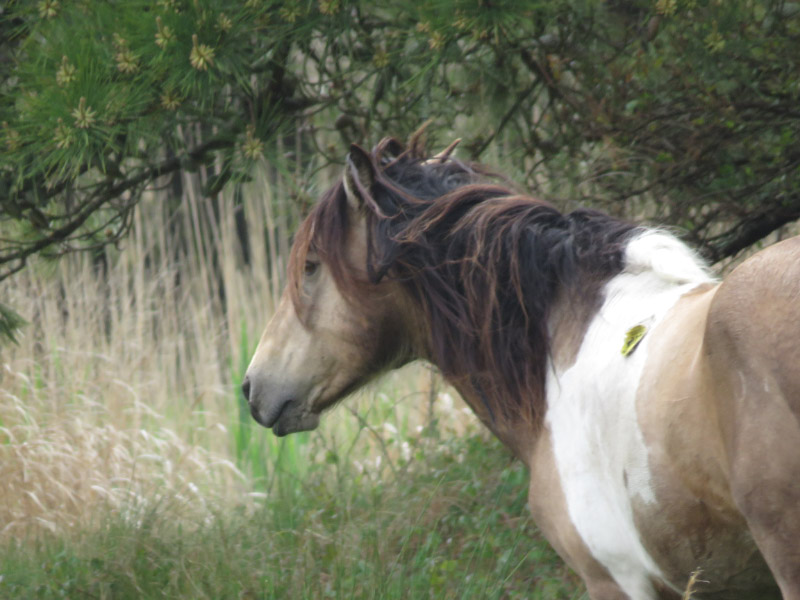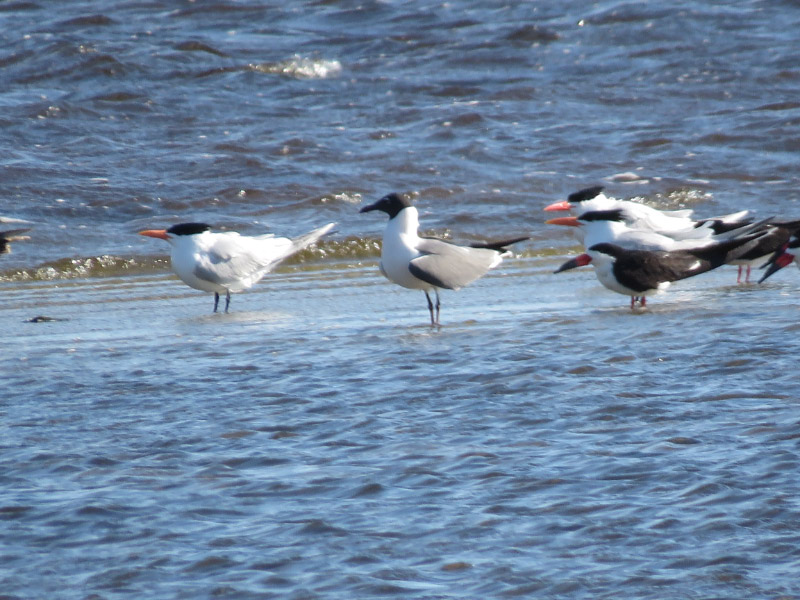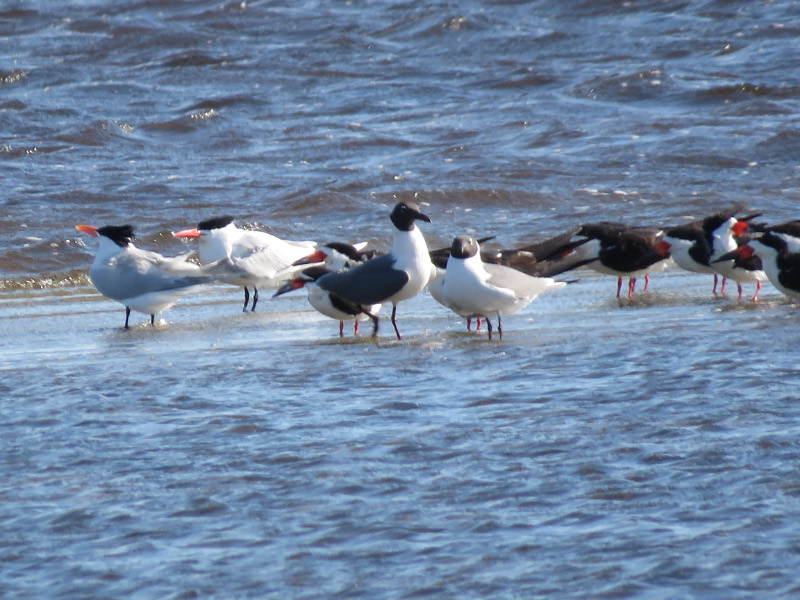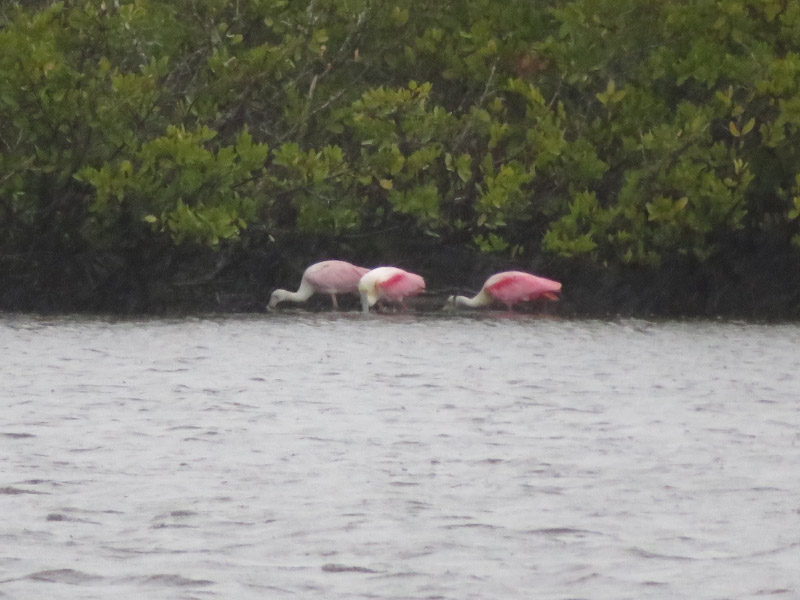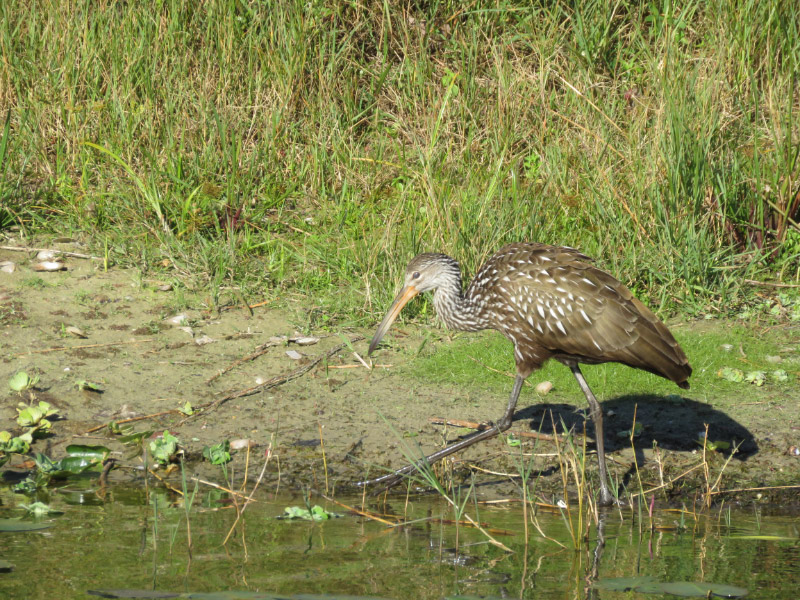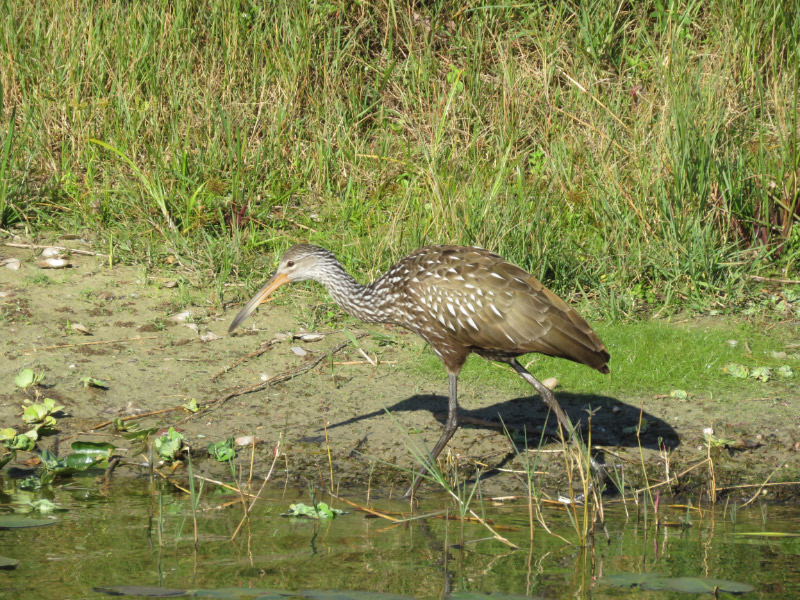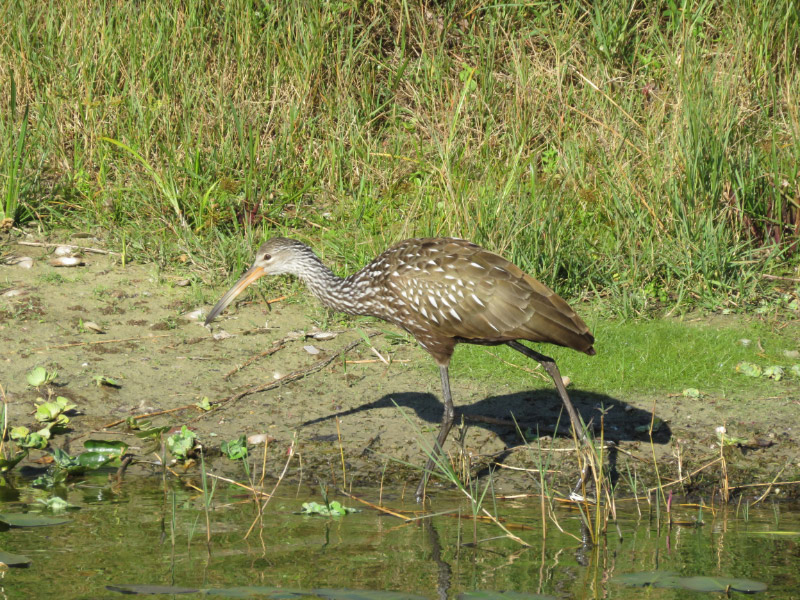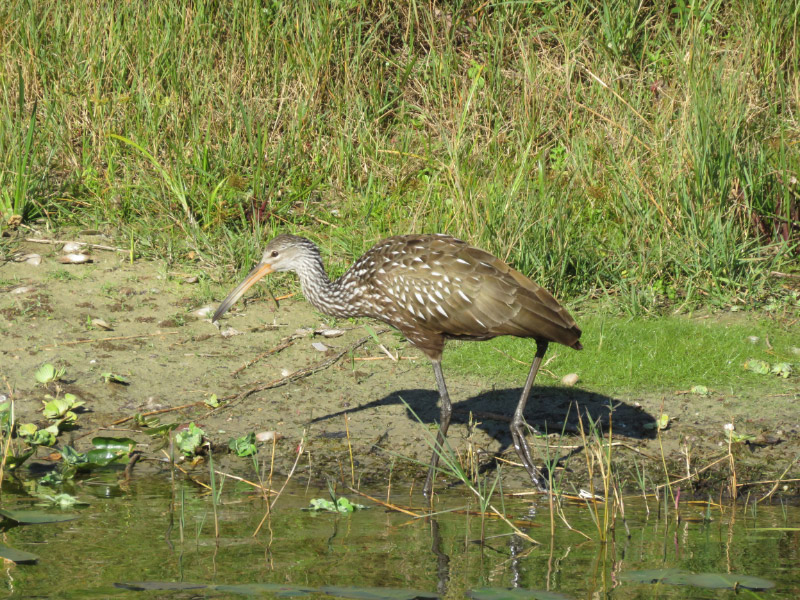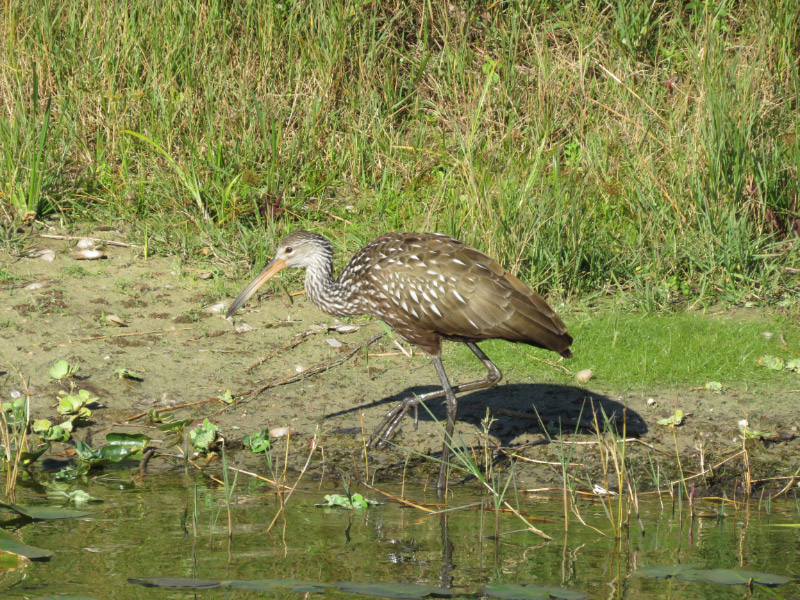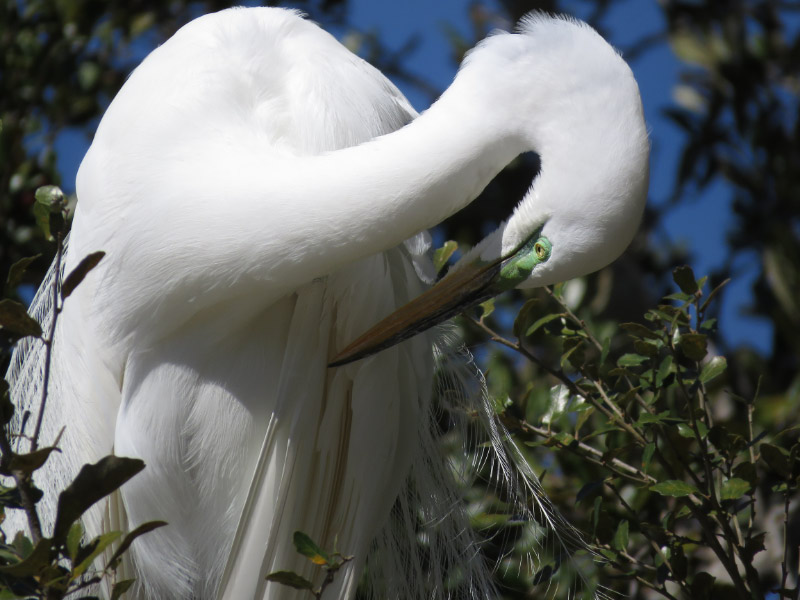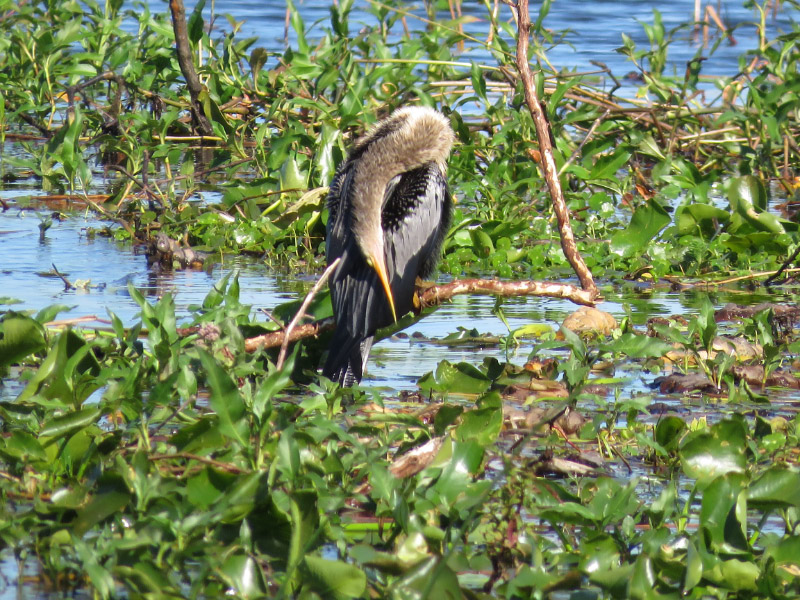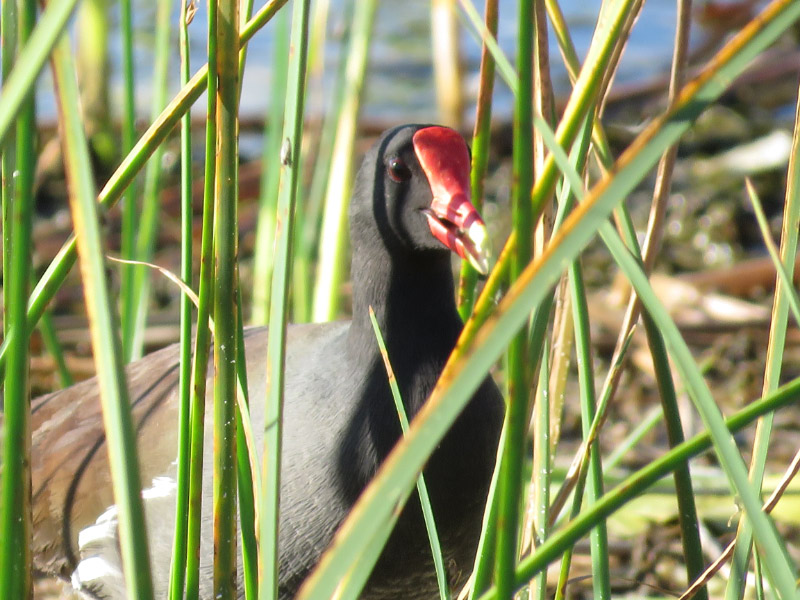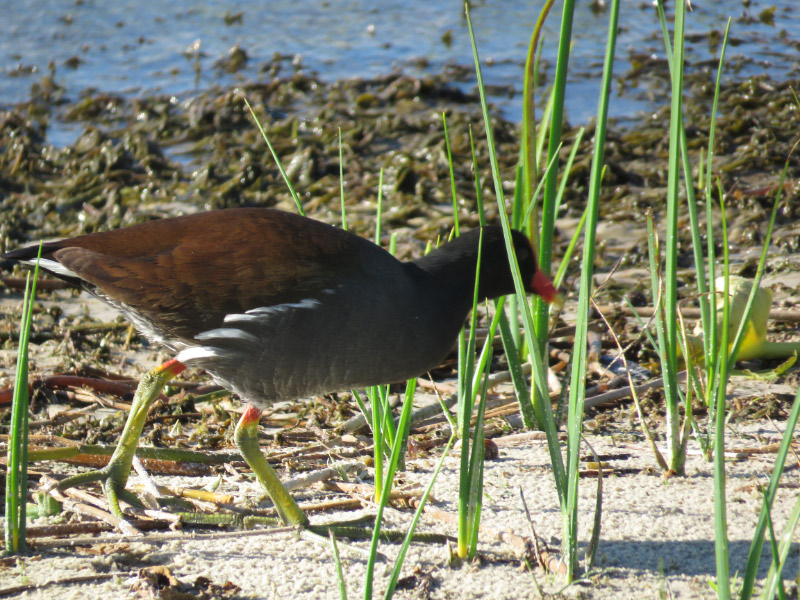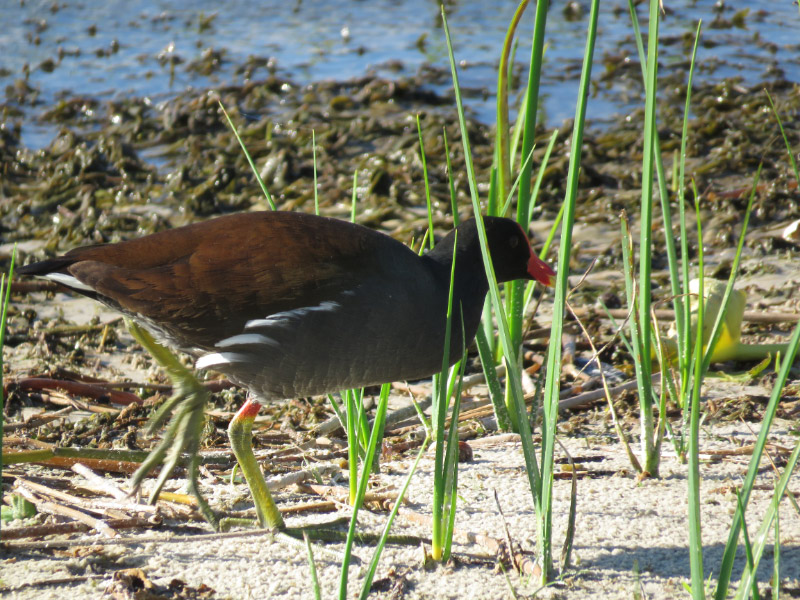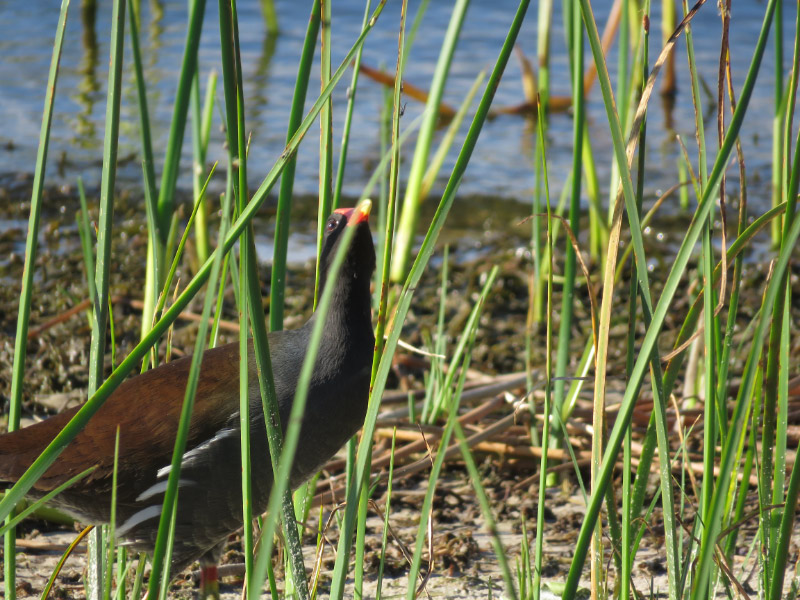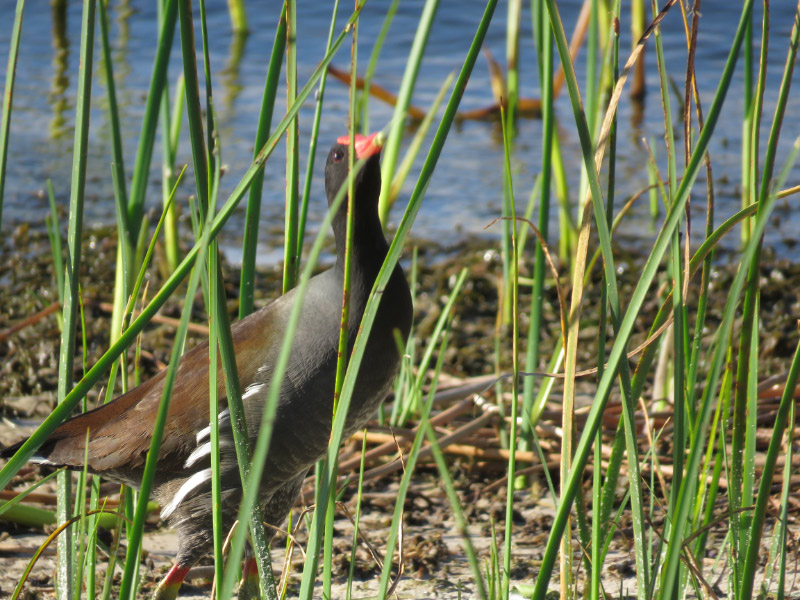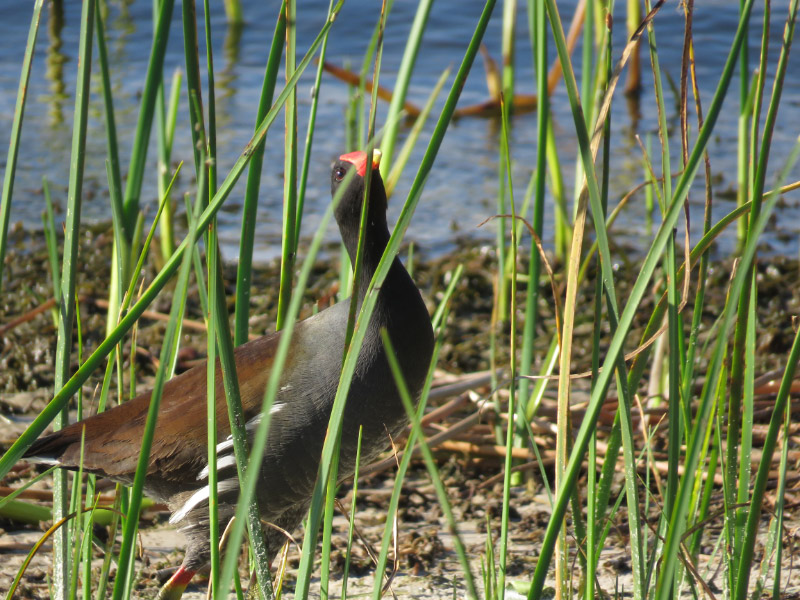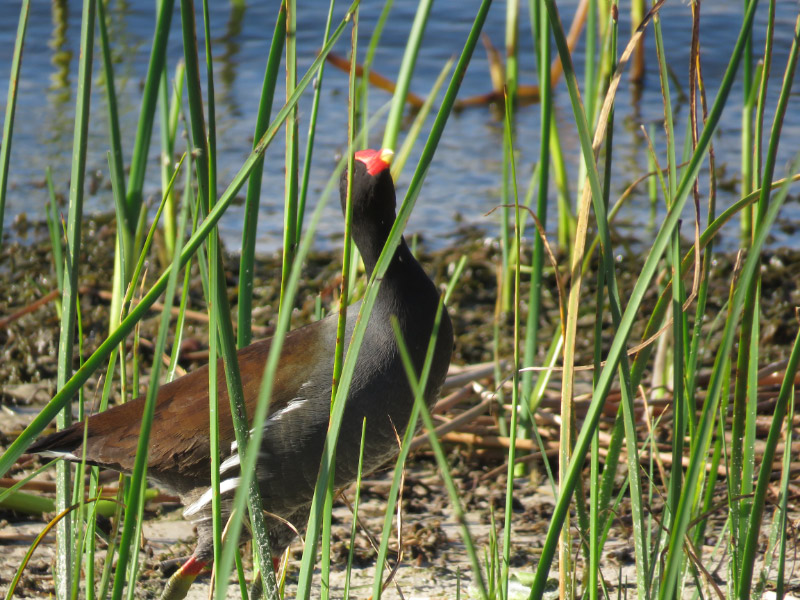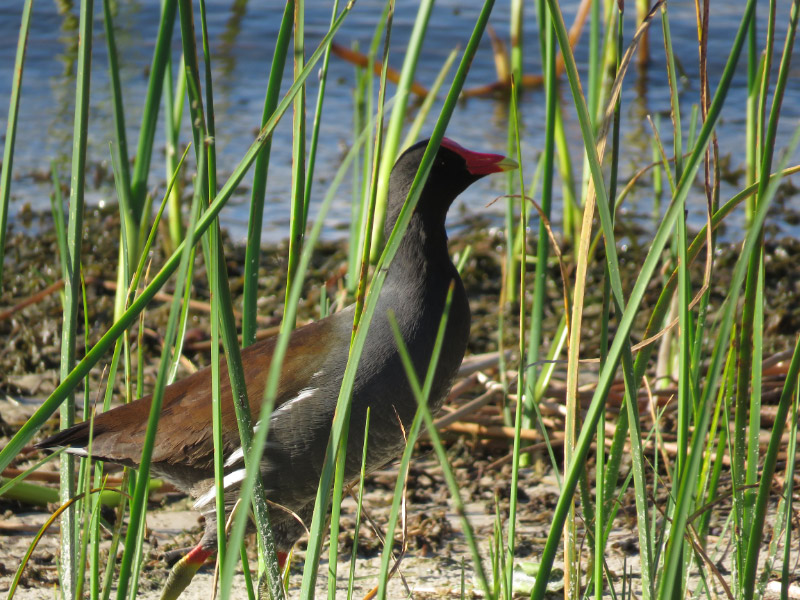Chincoteague National Wildlife Refuge
/We visited Chincoteague National Wildlife Refuge last weekend…an afternoon and the next morning. The afternoon was very wet so the picture of the visitor center sigh with plants growing through it was taken the next morning in the sunshine.
The growth around the visitor center was very green…dogwoods were in bloom and pine pollen was everywhere.
The growth around the visitor center was very green…dogwoods were in bloom and pine pollen was everywhere.
On the first day we drove down the main road toward the beach. It was raining and we didn’t try to take any pictures. The wildlife loop is only open to cars after 3 PM and there was a lull in the rain about that time. We started around. I noticed thistles in bloom (attractive to bees),
Heard lots of red-winged blackbirds and managed to photograph one eventually,
And photographed a glossy ibis almost out of camera range.
Near the end of the wildlife loop there were a few of the Chincoteague ponies munching on the wet grass….about that time is started raining again and we headed to our hotel for the night.
The next morning was very breezy and almost cold. Our trip to one of the islands in the Chesapeake Bay was cancelled – winds made it unsafe for small boats. So – we bundled up and headed to the beach at Chincoteague. It is a narrower stretch of sand than when we first saw it more than 35 years ago and when we flew kites here with our daughter about 20 years ago. The gulls were not flying. Only the laughing gulls were at the beach and they were on the ground near the parking lot rather than at the water’s edge.
It was a little disappointing to see only people and roiling water at the beach.
As we started back, we saw a few herring gulls in shallow water protected by the dunes.
The group of birds a little ways from the herring gull was the high point of the morning at Chincoteague: royal terns and black skimmers (and laughing gulls)!
I’ll post later about the egrets and a heron we saw at Chincoteague. Even with the rain and doing most of our photography using the car as a blind, my husband and I both enjoyed the spring birding opportunities at Chincoteague.











